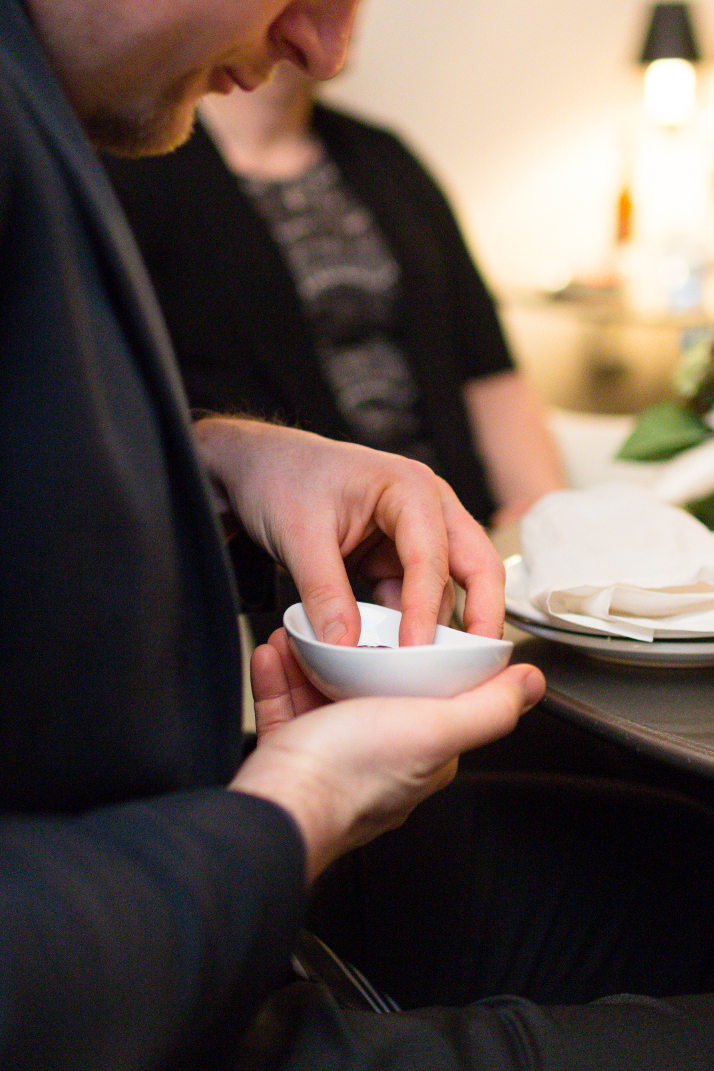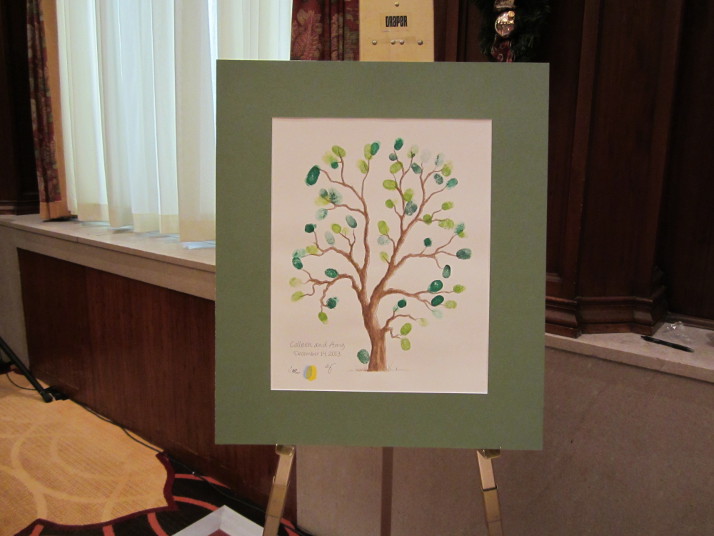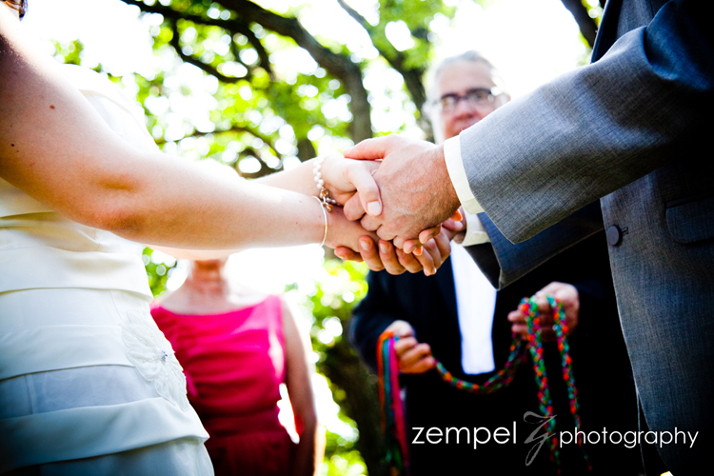Same Day Marriages in Minnesota – Not Always Easy
Same day marriages in Minnesota can be tricky, as many couples discover. They apply for their marriage license at the local county offices, and then ask the clerk, “Now where can we get married?” In many counties in Minnesota there is no place to go at that moment. By Minnesota state law judges and retired judges can perform marriages, but in many counties they are so busy that they cannot offer these services at all, or at least not during business hours or without a scheduled appointment. And very few counties staff a wedding officiant on site.
So what’s a couple to do? Many turn to Google or the internet in some form. A simple search of “wedding officiant ‘city name'”, for example, “wedding officiant Rochester”, will return information on local wedding officiants. With a quick phone call or two you may be able to find someone who can provide the service you seek that very day.
That’s what happened to me just yesterday. I was traveling back to Minnesota after a family gathering when my phone rang about 1pm. A bride was on the line asking if I could provide a wedding ceremony in a few hours. Fortunately, my calendar was open, and at 7pm we stood in her grandparents backyard for a short, sweet exchange of vows and rings. With wishes for a long and happy marriage I pronounced them legally married and they sealed their promises with a kiss.
I call these kinds of ceremonies Vow Exchanges. They are not customized to you, but can include personal vows you write, if you wish, or I can offer a choice of a few “repeat after me” vow options. The ceremony includes an optional exchange of rings, too. If you don’t want any ceremony at all, I also offer a “Certificate signing” service that meets the minimal requirements for marriage in the state of Minnesota. I offer Vow Exchange and Certificate Signing services for very small gatherings in Rochester only, at agreed upon days and times.
So, if you’re looking for options for same day marriages or short turnaround services, I can be of assistance. You can have a memorable experience even if you discover the county offices aren’t able to meet your needs. Call me.



